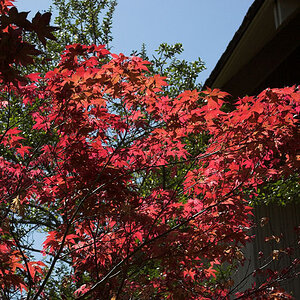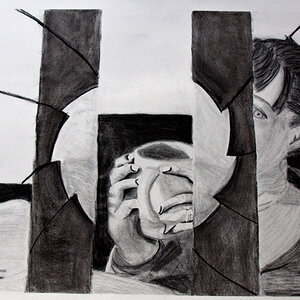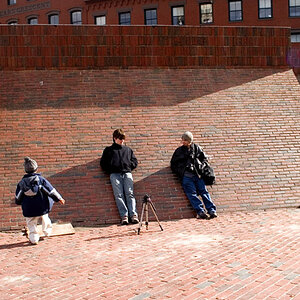hao
TPF Noob!
- Joined
- Jul 10, 2009
- Messages
- 12
- Reaction score
- 0
- Location
- Vancouver, BC
- Can others edit my Photos
- Photos OK to edit
I made some shots in my room during the evening with the room light which was not very bright with those two lenses (Nikon 24-70mm 2.8 and Nikon 50mm 1.8). Both lenses were set to 50mm @ f2.8 and the same shutter speed.
What I have found is that the images produced with 50mm were somehow brighter than 24-70.
So was it that the physical length of the lens that affected the intensity of light coming to the camera sensor? or it was because that 24-70 has more glass elements in the lens which could block some friction of light?
Is it normal? thanks!
What I have found is that the images produced with 50mm were somehow brighter than 24-70.
So was it that the physical length of the lens that affected the intensity of light coming to the camera sensor? or it was because that 24-70 has more glass elements in the lens which could block some friction of light?
Is it normal? thanks!


![[No title]](/data/xfmg/thumbnail/41/41763-0bab4b330c52691d3fe616ed090ace09.jpg?1619739885)



![[No title]](/data/xfmg/thumbnail/37/37115-e2d49d984453c62a2a20cf741e3d6679.jpg?1619737883)



![[No title]](/data/xfmg/thumbnail/37/37117-26c892e756b53ed0359fa90b7ebd99c9.jpg?1619737883)

![[No title]](/data/xfmg/thumbnail/41/41760-e5b9dc90c1289f677ce3ca9dc1fa6dde.jpg?1619739884)
